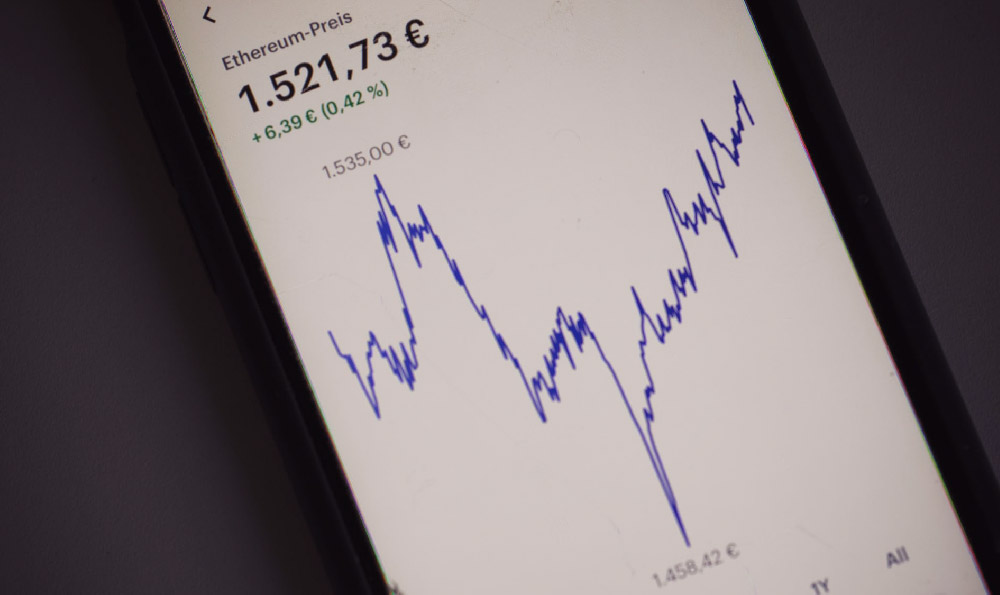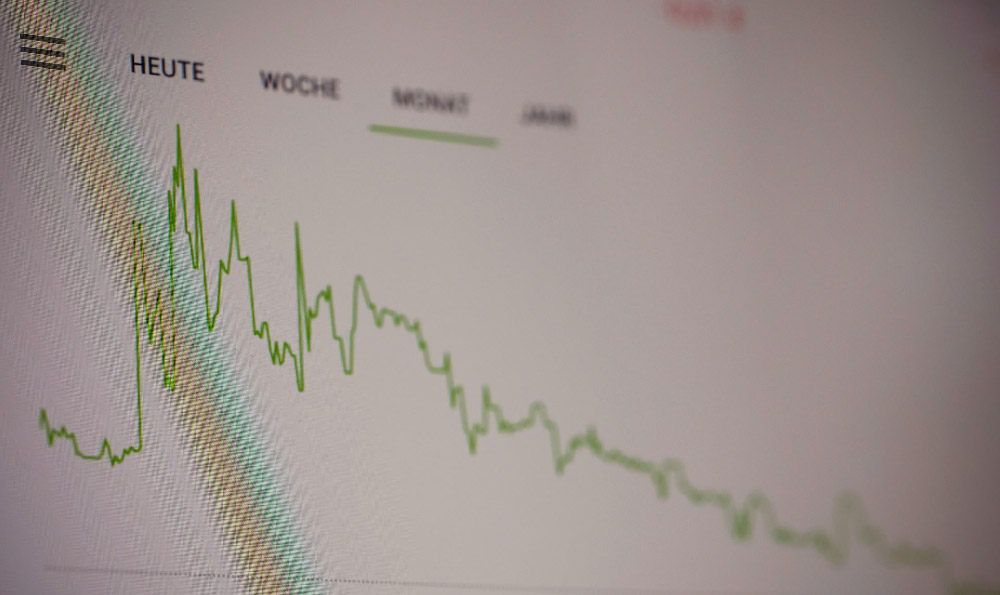Paper assets, a term often used in the financial world, represent intangible ownership interests in economic value. Unlike tangible assets like real estate or precious metals, paper assets exist primarily in electronic or written form, signifying a claim on something of value. Understanding them is crucial for anyone looking to build a diversified and effective investment portfolio.
One of the most common types of paper asset is stocks, also known as equities. When you buy a share of stock, you are essentially purchasing a small piece of ownership in a company. The value of that stock fluctuates based on a variety of factors, including the company's performance, industry trends, and broader economic conditions. Stocks offer the potential for significant capital appreciation, meaning the value of your investment can increase over time. They also may provide dividends, which are distributions of a company's profits paid out to shareholders. However, stocks also carry risk. The price can decline, and you could lose your investment if the company performs poorly or the market experiences a downturn.
Bonds are another important type of paper asset. When you buy a bond, you are essentially lending money to a government, municipality, or corporation. In return, the issuer promises to pay you a fixed rate of interest over a specified period of time, and then repay the principal amount at maturity. Bonds are generally considered less risky than stocks, but they also offer lower potential returns. They can provide a steady stream of income and help to stabilize a portfolio during volatile market conditions. The value of a bond can fluctuate based on interest rate changes; when interest rates rise, bond prices typically fall, and vice versa.

Mutual funds and Exchange-Traded Funds (ETFs) are investment vehicles that pool money from multiple investors to purchase a diversified portfolio of stocks, bonds, or other assets. They are managed by professional fund managers who make investment decisions on behalf of the fund's shareholders. Mutual funds typically have higher expense ratios than ETFs, but they may offer more active management strategies. ETFs, on the other hand, are often passively managed and track a specific index, such as the S&P 500. Both mutual funds and ETFs can provide diversification and access to a wide range of investment opportunities with relatively low minimum investment amounts.
Another notable category includes derivatives. These financial instruments derive their value from an underlying asset, such as a stock, bond, commodity, or currency. Options and futures are common examples of derivatives. Options give the holder the right, but not the obligation, to buy or sell an asset at a specific price on or before a certain date. Futures contracts obligate the holder to buy or sell an asset at a specific price on a future date. Derivatives can be used for hedging, which is a strategy to reduce risk, or for speculation, which involves taking on risk in the hope of generating profits. They are complex instruments and are generally not suitable for novice investors.
Investing in paper assets requires a thoughtful and strategic approach. Before you begin investing, it's essential to define your financial goals, risk tolerance, and investment time horizon. What are you saving for? Are you comfortable with taking on a high level of risk in exchange for the potential for higher returns, or do you prefer a more conservative approach? How long do you have until you need to access your investment funds? Answering these questions will help you determine the appropriate asset allocation strategy for your portfolio.
Diversification is a key principle of successful investing. By spreading your investments across different asset classes, industries, and geographic regions, you can reduce the overall risk of your portfolio. Don't put all your eggs in one basket. A well-diversified portfolio will include a mix of stocks, bonds, and other assets, tailored to your individual circumstances.
Dollar-cost averaging is a strategy that involves investing a fixed amount of money at regular intervals, regardless of the market conditions. This can help to mitigate the risk of buying high and selling low. By investing a consistent amount over time, you'll automatically buy more shares when prices are low and fewer shares when prices are high.
It is also crucial to continuously monitor your investments and make adjustments as needed. Market conditions can change rapidly, and it's important to stay informed about the factors that could impact your portfolio. Regularly review your asset allocation and rebalance your portfolio to ensure that it remains aligned with your financial goals and risk tolerance.
Staying informed is equally important. There are numerous resources available to help you learn more about investing, including books, websites, and financial advisors. Take the time to educate yourself about the different types of paper assets and the strategies for managing them effectively. Understand the fees associated with your investments and how they can impact your returns.
Finally, consider seeking the guidance of a qualified financial advisor. A financial advisor can help you develop a personalized investment plan, manage your portfolio, and navigate the complexities of the financial markets. They can provide objective advice and help you make informed decisions about your investments. Choosing the right financial advisor is crucial. Look for someone with the credentials, experience, and integrity to help you achieve your financial goals. They should understand your unique situation and be able to communicate complex financial concepts in a clear and concise manner.
Investing in paper assets offers the potential for significant long-term wealth creation. However, it also involves risk. By understanding the different types of paper assets, developing a sound investment strategy, and staying informed, you can increase your chances of achieving your financial goals and securing your financial future. Remember that investing is a marathon, not a sprint. Be patient, disciplined, and persistent, and you'll be well on your way to building a successful investment portfolio.












